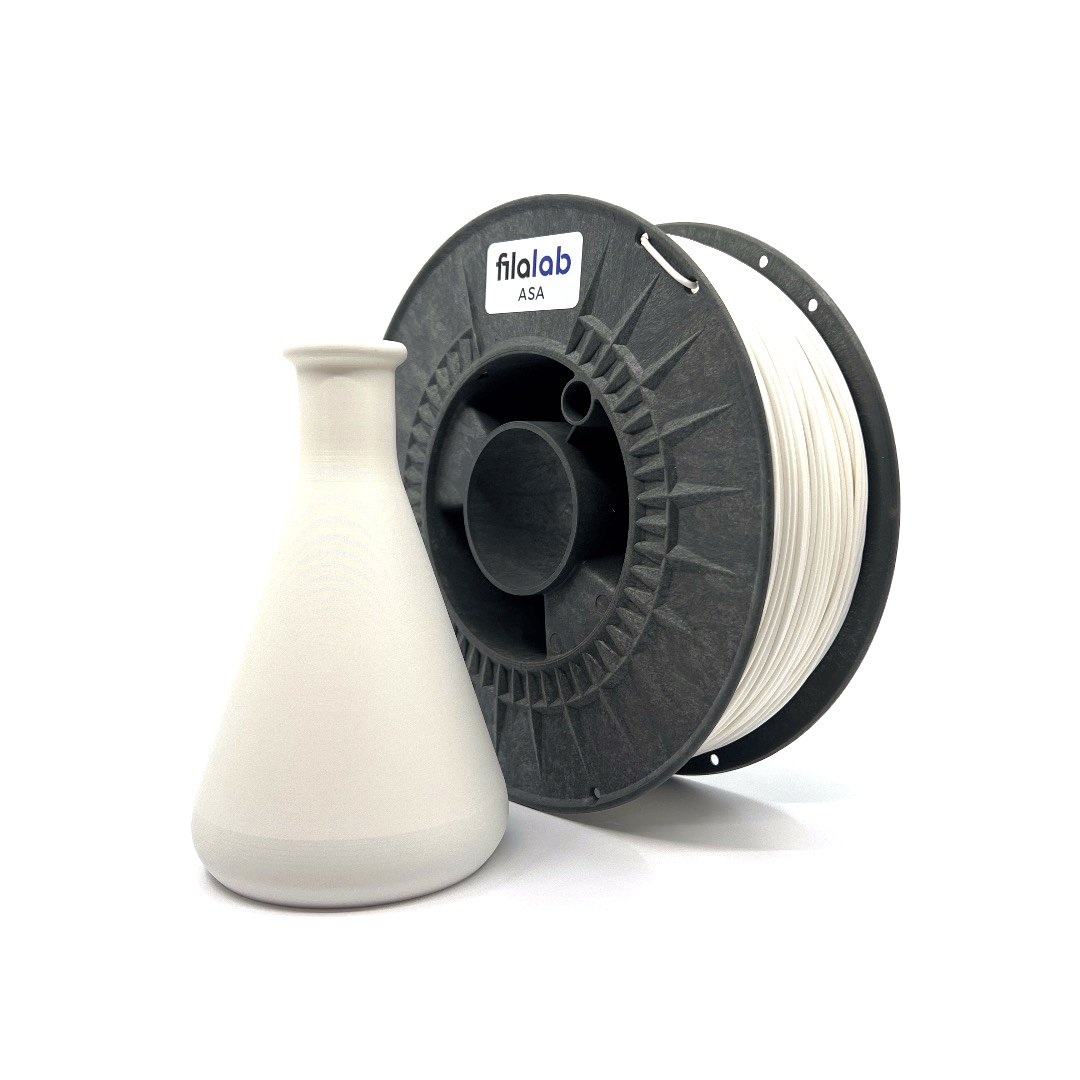What Is Polylactic Acid (PLA)?
PLA, short for polylactic acid, is one of the most popular bioplastics in the world. Unlike conventional petroleum-based plastics, PLA is made from renewable resources such as corn starch, sugarcane, or cassava roots. This plant-based origin makes it stand out as a more sustainable option in a world where reducing plastic waste has become a global priority.
At its core, PLA belongs to the family of biodegradable polymers known as polylactide plastic. It has gained recognition not only for being eco-friendly but also for its versatility in industries ranging from food packaging to 3D printing. Today, PLA polylactic materials are considered a key bridge between environmental responsibility and industrial functionality.
How Is PLA Made?
The manufacturing process of PLA starts with fermenting sugars from plants into lactic acid. This lactic acid is then polymerized into PLA using techniques such as direct condensation or ring-opening polymerization. In modern production, ring-opening methods are most common, as they deliver high molecular weight PLA suitable for industrial use.
The elegance of the process lies in the fact that natural sugars—derived from crops that can be replanted—are transformed into polylactide plastic capable of replacing traditional petrochemical polymers. With continuous innovation, production costs are falling, making PLA polylactic materials increasingly affordable and widely adopted.
What Is PLA Used For?
3D Printing Applications
One of the most significant applications of PLA polylactic material is in 3D printing. Thanks to its low melting temperature, minimal warping, and ease of handling, it has become the preferred beginner-friendly filament. Its biodegradable profile makes it especially attractive to makers, educators, and designers seeking sustainable prototyping solutions.
Packaging and Consumer Products
PLA is also widely used in packaging. Items such as bottles, films, bags, and disposable tableware often incorporate polylactide plastic as an eco-conscious alternative to conventional plastics. This shift supports industries seeking to meet growing demand for sustainable packaging while still ensuring durability and performance.
Medical and Biodegradable Products
In the medical field, PLA’s biocompatibility is revolutionary. PLA polylactic materials are used in screws, pins, and sutures that safely degrade in the human body over time. This eliminates the need for additional surgeries to remove implants, saving costs and reducing patient risks.
Is PLA Environmentally Friendly?
PLA is often celebrated as an environmentally friendly option because it is made from renewable resources and has a smaller carbon footprint than fossil-based plastics. But its sustainability depends on how it is disposed of at the end of its life.
Recycling
PLA can be recycled mechanically or chemically, though infrastructure for doing so is still developing in many regions.
Industrial Composting
Under high-temperature, industrial composting conditions, polylactide plastic breaks down efficiently. Hydrolysis followed by microbial activity ensures the polymer is degraded into harmless substances like water and carbon dioxide.
Incineration
PLA polylactic material can also be incinerated safely, leaving minimal residue while generating useful energy.
Landfill Challenges
The challenge lies in landfill disposal or natural environments like oceans, where PLA does not degrade quickly. This highlights the importance of proper waste management and composting facilities to realize its eco-potential.
Types and Forms of PLA
Stereoisomers and Variants
The structure of PLA can be modified depending on how lactic acid molecules are arranged. Variants such as poly-L-lactide (PLLA) offer improved crystallinity and higher heat resistance, making them useful in demanding applications.
Composite and Specialty Blends
PLA’s versatility expands further when blended with other materials. There are wood-filled filaments like bamboo and cork, metal-filled filaments infused with copper or bronze, and even creative blends like coffee-infused PLA. Each type of polylactide plastic blend delivers unique aesthetic or mechanical properties, making PLA polylactic products adaptable to countless niches.
Properties of PLA
PLA exhibits a glass transition temperature of about 60–65 °C and a melting point ranging from 130–180 °C. It is relatively strong with tensile modulus values between 2.7–16 GPa, though still less heat-resistant than some alternatives.
Chemically, PLA polylactic has high surface energy, making it easier to bond with adhesives or solvents like dichloromethane. This bonding property is especially valuable in post-processing for 3D-printed parts. Additionally, PLA produces minimal odor during extrusion, further reinforcing its popularity in desktop 3D printing.
Advantages of PLA
- Made from renewable, plant-based resources
- Lower greenhouse gas emissions compared to petrochemical plastics
- Easy to print, safe, and beginner-friendly in additive manufacturing
- Available in countless composite blends and colors
- Biocompatible, enabling safe medical use
For these reasons, polylactide plastic is celebrated as one of the most sustainable yet versatile bioplastics on the market.
Disadvantages of PLA
- Relatively low heat resistance limits applications in high-temperature environments
- Brittle compared to stronger engineering plastics like ABS or nylon
- Requires industrial composting facilities for proper eco-friendly disposal
Despite these drawbacks, ongoing research is addressing many of these weaknesses through innovative PLA blends.
Future Outlook for PLA
The future of PLA polylactic is bright. As production costs decrease and infrastructure for composting and recycling improves, its adoption across industries will accelerate. Researchers are also developing stronger and more heat-resistant PLA composites to rival traditional plastics in demanding applications.
From sustainable packaging to cutting-edge 3D printing, polylactide plastic is positioned as a key material in the global shift toward greener solutions. Its growth underscores a broader trend: the rise of bioplastics in reshaping industries toward sustainability without sacrificing performance.
Conclusion
PLA polylactic represents more than just another plastic—it’s a symbol of innovation at the intersection of sustainability and technology. By being renewable, versatile, and increasingly cost-effective, polylactide plastic is proving that eco-conscious materials can thrive in industrial, medical, and creative fields alike.
For those seeking practical, environmentally responsible solutions, PLA is more than special—it’s revolutionary. Explore a wide range of PLA materials at filalab.shop and discover how this bioplastic can transform your next project.

